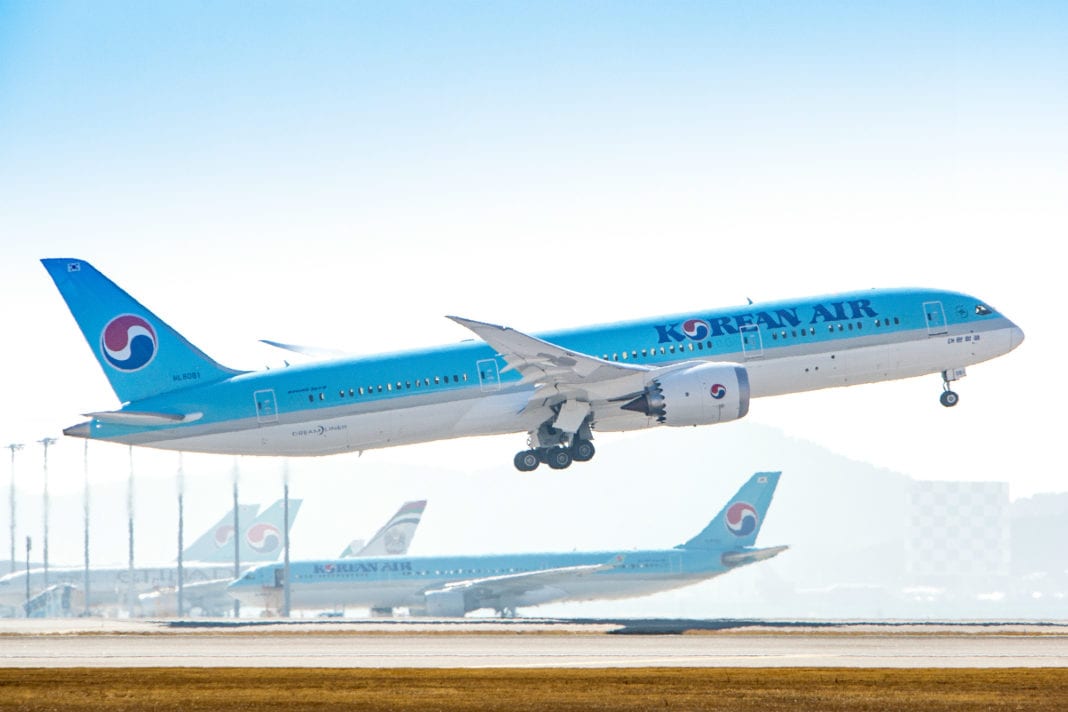The European Union (EU) opened tourist borders to non-Schengen flights but left Italian tourism without USA and Russia, while in the case of China, arrivals are subject to confirmation of reciprocity of acceptance by European tourists.
The travelers from USA alone in 2019 were 4.4 million and according to Bankitalia (The Central Bank of Italy), they spent over 5.5 billion euros recording almost 40 million overnight stays.
The total “Tourist spending in 2019 was around 84 billion (euros) of which 43 billion were from the receipt of foreign guests,” declared Giorgio Palmucci, President of Enit Italia, in an interview. He added, “As a destination, Italy is in the top places for long-haul big spender travelers, but this year, we are afraid of losing 67 billion in income.”
While waiting for the increase in extra Schengen traffic, the Leonardo da Vinci International Airport boarding area E will reopen with a new area for passport control from which transits to and from non-Schengen destinations will also be viable.
Together with Ciampino airport, Leonardo da Vinci Airport has obtained the Biosafety Trust certification issued by Rina Services for the correct application of the contagion prevention system.
At the Milan Malpensa airport, flights increased to 200 per day, and the growth of passengers should mark +150%. The flight areas of the USA and Israel countries still on the Health Blacklist remain closed.
The gap without the contribution of Russia and the USA
The absence of Russian and American customers has led to the summer closure of many 4-5 star hotels in Italy due to their absence. “At the 5-star hotels,” added Palmucci, “over three quarters of the guests are foreigners.”
Luxury tourism proves to be a driving force for the hospitality industry in Italy with the expenditure of high-end tourists from abroad which was around 20 billion, and this year it will lose about 60-70% of revenues with heavy consequences for the territory and trade, if the Chinese and Russian tourists don’t arrive.
It seems clear that there is a great deal of interest from Germany, and confidence is placed on the British market on its return to travel this summer. Positive signals are coming from the leaders of the large international chains present in the Costa Smeralda (Sardinia Island) and Cortina D’Ampezzo (Italian Dolomites) while part of the hotels of the Spanish chain which complains about the absence of US and Asian tourists is still closed. Without them, the occupancy rate fluctuates at around 30%, in addition to the drop in room prices.
The operators of luxury structures in Puglia also complain about the absence of US tourists joined by those dedicated to large weddings. Hope relies on air traffic recovery to support the economy of the summer season.
The re-opening of European borders
Europe’s borders reopened to 15 countries, while China remains on stand-by. Italy will maintain trustee isolation and health surveillance. The 27 member countries of the European Union (EU) have decided to reopen the external borders of the European Union to 15 countries, from July 1, 2020, thanks to the improvement of their COVID conditions at levels similar to or lower than that of the EU in the past 14 days.
The 15 countries confirmed by the EU: Algeria, Australia, Canada, Georgia, Japan, Montenegro, Morocco, New Zealand, Rwanda, Serbia, South Korea, Thailand, Turkey, Tunisia, and Uruguay. The inclusion of China remains subject to reciprocity for all the EU countries. The United States together with Brazil and Russia have been excluded from the reopening of borders for non-essential travel, because these countries do not comply with an epidemiological criterion decided by the 27 EU countries. The list will be reviewed every 2 weeks according to health situations around the world
Four EU bases (out of 27) would have abstained from approval, while some countries have linked a vote to their vote stating that they want to apply the list with flexibility which Italy itself has confirmed that there was no rigor of fiduciary isolation and health surveillance for citizens from countries outside the Schengen.
The measure will also apply to travelers from 15 countries identified by the European Union. External borders are common, but their management is governed individually. Close coordination between the 27 will, therefore, be essential in the coming weeks. As confirmed by the President of the European Council Michelle on twitter, the 27 will in fact want to avoid that internal borders are suddenly blocked in the case applied by one or more countries.
#rebuildingtravel























